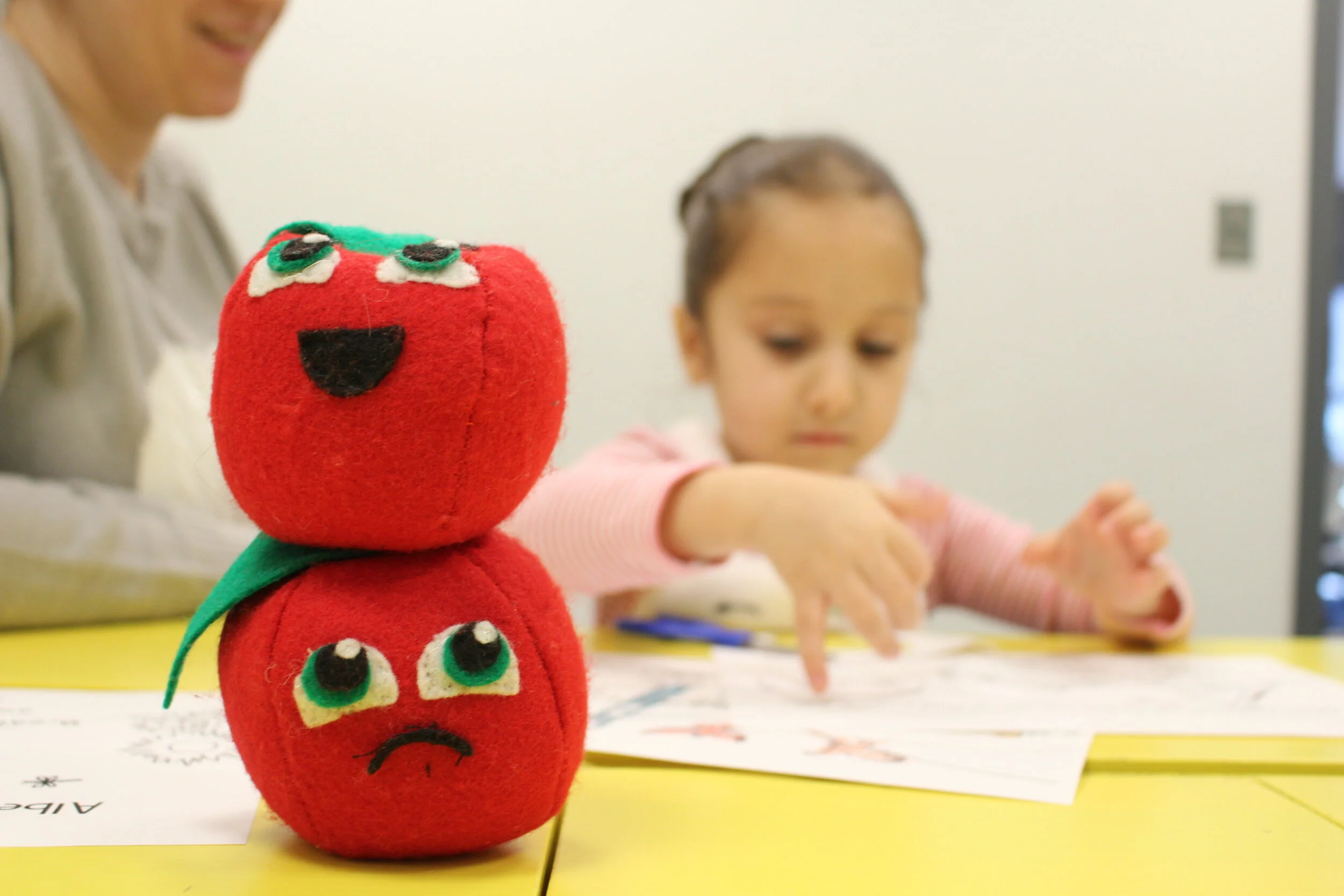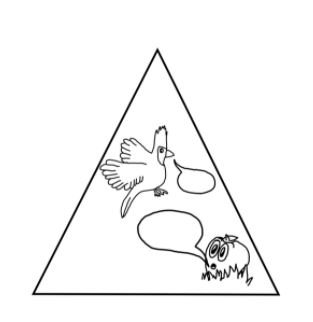When I think of anxiety
When I think of anxiety, I think of hysterically crying in the nurse’s office in 6th grade, terrified I was going to die because I couldn’t breathe and everything seemed wrong. This happened often in my time in elementary school, and no one but my mom seemed to be able to explain to me what was happening. Did they just not know? It felt like they just didn’t care. I felt like a freak who experienced feelings no one else could, and that I was somehow “bad” for that. The “feelings” were later given the name “anxiety.” My experience with anxiety as a child ranged from feeling a bit uncomfortable to feeling like I couldn’t physically walk down the stairs to go to a school event. Every child deals with anxiety to some extent.
Types of anxiety
There are a few different types of anxiety. Some of these include separation anxiety (can present as nervousness or panic when separated from their family), social anxiety (can present as fear of going to places with lots of people (like school)), phobias ( an irrational fear over something specific), and general anxiety (can look like worries about the future) (“Anxiety and Depression in Children”). When we teach children emotions, the basic ones come up like; mad, sad, happy, excited. Why don’t we talk about anxiety? Maybe its because we aren’t familiar with how anxiety presents itself in children.
What it looks like
According to Francesca Coltrera, Harvard Heath Blog writer, “ Anxious children may be clingy, startle easily, cry or have tantrums, sleep poorly, and have headaches or stomachaches” (“Anxiety in Children”). I resonate so much with the “physical” symptoms on this list. The only pain to me that I understood as a child was physical. My emotional turmoil manifested in a physical uncomfortableness, usually in my head or stomach. It was difficult talking to adults about a pain in my mind that even I couldn’t understand, but it was easier to explain something physical.
I put out on my social media that I was looking to hear about my peers’ experiences with anxiety as kids.
Here are some of their stories:
“I didn’t have the anxiety I do now, but I remember having a really bad anxiety attack at a birthday party in 6th grade and I wish I understood what was happening better and ways to calm myself down like I do now!! It wasn’t until years later really that I figured out it was an anxiety attack.”
“I remember being a kid and waking up in the middle of the night scared, but I felt like I truly could not speak when I went to try and wake my mom up. The words stuck in my throats. It wasn’t until I was an adult and had the same thing happen trying to broach a tough conversation with my husband that I realized it was anxiety that was causing me to lose my voice.”
“I would throw out most of my lunch all of first and second grade. I was so anxious at school that I had no appetite. I’d eat like half of my pb&j then throw everything else out”
“I was actually diagnosed with a panic disorder when I was 7. I had panic attacks every night for almost 2 years because my father left my family.”
“I had a lot of social anxiety as a kid...stomachaches were a big thing and I’d bounce my leg constantly.”
“It was a social anxiety, I couldn’t look anyone in the eye or go up to someone and talk.”
“K-4th grade I went to the nurse almost every day to try and leave school… me and the nurse were homies.”
I’ve heard many other stories like these, where people remember experiencing anxiety but was not able to identify as anxiety until later on (so they couldn’t cope with it properly at the time!). Other experiences I heard involved stomach-turning and racing hearts before important events like tests and sports, one peer even said they would get physically sick before their hockey games because of anxiety. I asked people how they would describe how anxiety felt as a kid and here are some of their responses:
“Tenseness in my heart.”
“I thought I was going to be possessed if I sinned!”
“Guilt - like my scalp was burning.”
“Like I never wanted to leave home.”
One peer mentioned they felt uncomfortable talking about feelings because it felt unsafe to show emotions, which is an important point to make because the stigma is impactful and needs to be addressed along with education.
So, now what?
When should we begin to talk to children about feelings like anxiety so they can better communicate and cope? In an interview about talking to kids about mental health done by journalist Meghan Holohan, Dr. Deborah Gilboa suggested that parents should be teaching their children how to identify feelings and distinguish between them as early as 4 years old. Dr. Gilboa says, “When we teach kids to name embarrassed versus ashamed versus anxious versus sad … they get better and better at speaking their truth and naming it (“How to Talk to Children about Their Mental Health: An Age-by-Age Guide”).
In my conversations with people about their childhood experiences with anxiety, there was a general theme; we all wish we understood what was happening so we could have coped better. I am now so grateful that my mom stood up for me and fought to understand my feelings. It took me years to fully understand my anxiety, but what I’m hoping to create with Just Be is a more educated and well-equipped generation.
After one “episode” that would later be diagnosed as a “panic attack” towards the end of the 6th grade school year, my mom picked me up from school and we started driving around our local park. I was crying and felt like I couldn’t catch my breath so my mom opened the windows. I felt stupid, but I stuck my head out of the window a little bit and I could FINALLY breathe, being outside refreshed me so much. When we parked I got out of the car and ran down the big hill in front of us and collapsed on the ground, out of breath but in a good way. I was coping, it was my first step in understanding what works for me. I looked at my mom at the top of the hill and I felt accepted, free, and safe. If we educate and converse with our kids about anxiety, they can experience this same emotional maturity and relief.
Citations
“Anxiety and Depression in Children.” Centers for Disease Control and Prevention, Centers for Disease Control and Prevention, 30 Mar. 2020, www.cdc.gov/childrensmentalhealth/depression.html.
Coltrera, Francesca. “Anxiety in Children.” Harvard Health Blog, 14 Aug. 2018, www.health.harvard.edu/blog/anxiety-in-children-2018081414532.
Holohan, Meghan. “How to Talk to Children about Their Mental Health: An Age-by-Age Guide.” TODAY.com, 12 May 2020, www.today.com/parents/how-talk-children-about-their-mental-health-t163358.





